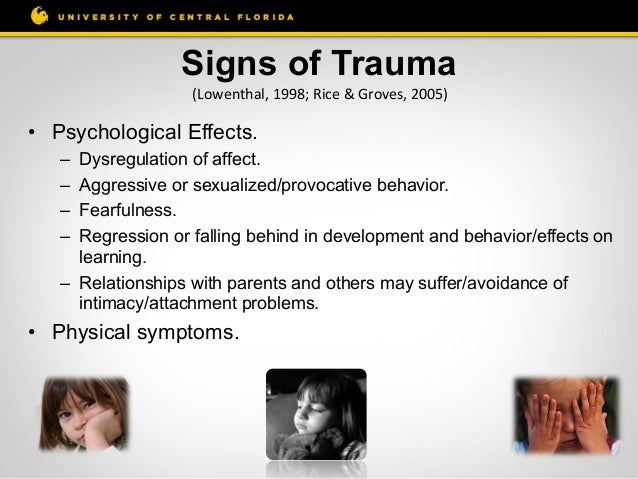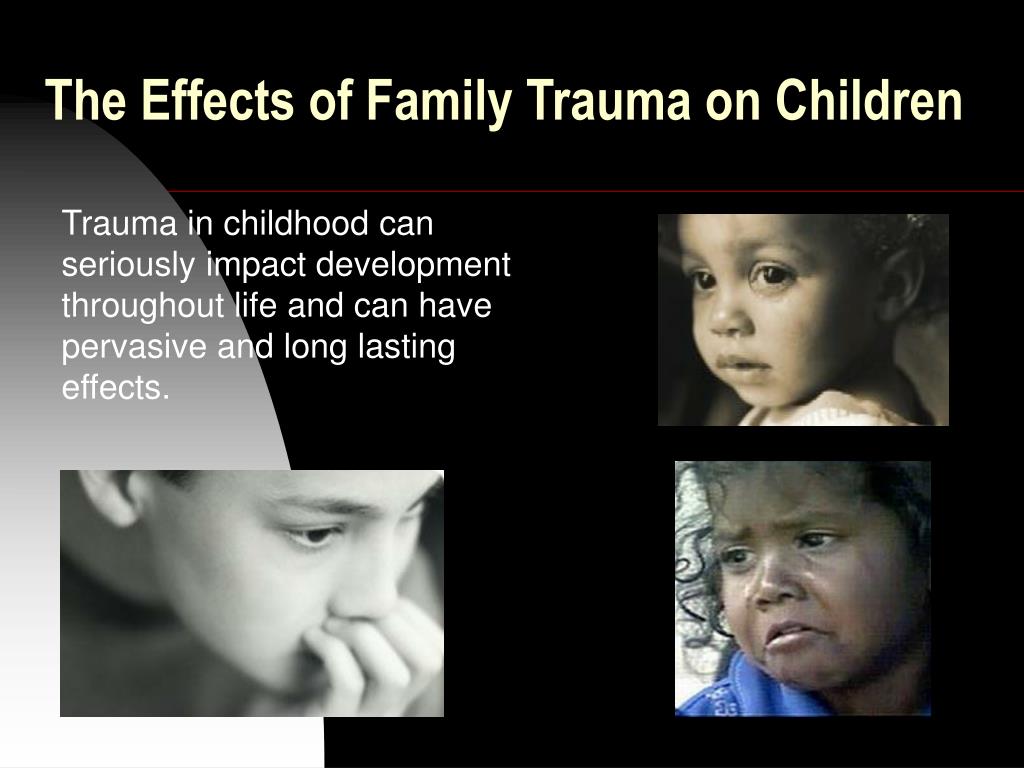

Instead of giving yourself compassion, you criticize yourself for your feelings. Growing up, you probably learned to suppress your emotions. It feels better to be on your own where you can rest safely knowing that no one will “trip you up.” That’s why being around others is not relaxing or comforting but challenging and counter-productive. We can’t predict how others will behave and can easily become dysregulated by a comment or opinion. It’s not other people you’re avoiding but your reaction to what they might say or do.
#SYMPTOMS OF CHILDHOOD TRAUMA IN ADULTHOOD HOW TO#
If you grew up without learning how to handle your emotions or resolve conflict, dealing with others can be uneasy. You might decide it’s easier to be alone because of how other people trigger you. If you ask, “what does childhood trauma look like in adults?” social isolation is one of the most common symptoms.Ĭhronic feelings of loneliness and a tendency to avoid social interactions are other signs of unresolved childhood trauma in adults.

These are some of the best lessons writers learned from writing “crappy” first drafts. Allow yourself to do things badly at first. Strive for “good enough” rather than perfect. While others are throwing stuff against the wall to see what sticks, you’re fretting about criticism that might come if you put yourself out there. This leads to underachievement and disappointment with yourself. The need to be perfect paralyzes you due to your fear of making mistakes. ⌄ Scroll down to continue reading article ⌄ For example, staying quiet and small helped you avoid getting into trouble with your caregivers. These self-defeating behaviors may have worked in the past. This is how your inner child tries to keep you safe in ways that actually hold you back. Self-sabotage is a symptom of childhood trauma in adults and it can show up at any time. Practice relying on friends or counselors to help you regulate your emotions. Talk to others besides your partner about your feelings. This means finding ways to meet your own needs rather than relying on a partner to meet them for you. You might decide to take time away from romantic relationships while you work on nurturing yourself.ĭevelop self-validation rather than seeking approval from outside sources. Let go of relationships with insecurely attached people as this will only exacerbate your pain.Īlthough being alone can feel terrifying, it’s a worthwhile fear to face. If, on the other hand, you have an anxious style, seek out securely attached partners. As a result, you’re uncomfortable with vulnerability and sharing your feelings. In childhood, you may have learned that emotions don’t bring people closer. You’ve convinced yourself you don’t require intimacy in relationships and come across as self-sufficient. If you have an avoidant style, you don’t like asking for help. There are many signs of repressed childhood trauma in adults, and the two main insecure styles are the anxious style and the avoidant style. If your emotional and/or physical needs were unmet in childhood, there’s a possibility that you could have developed an insecure attachment style. They feel worthy of love and seek intimacy in their relationships. People who grew up in healthy homes generally have a secure attachment style. It’s how you connect and communicate with friends, family, and romantic partners. Your attachment style influences the quality of your relationships.


 0 kommentar(er)
0 kommentar(er)
